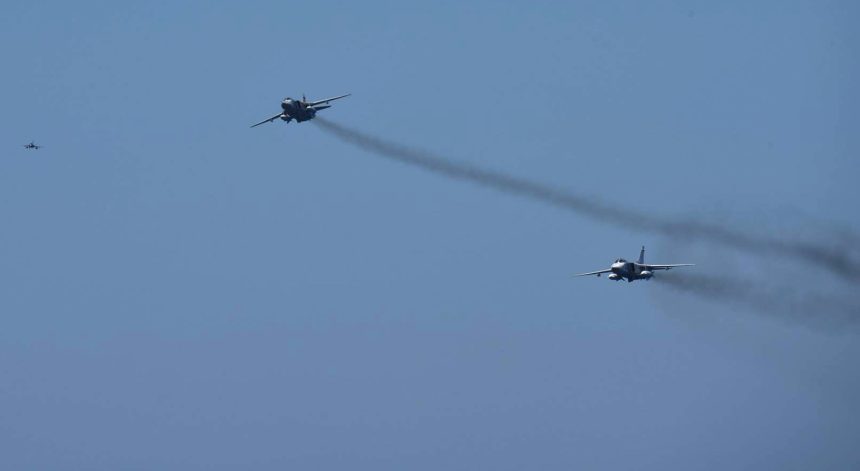Russian Fencers have started buzzing NATO warships in the Baltic Sea again.
On May 17, two Russian Su-24M Fencer attack jets flew quite close to the Royal Netherlands Navy Frigate HNLMS Evertsen, operating in the Baltic Sea.
The two unarmed aircraft, escorted by Swedish JAS-39 Gripen jets in QRA (Quick Reaction Alert), come within 200 meters of the ship.
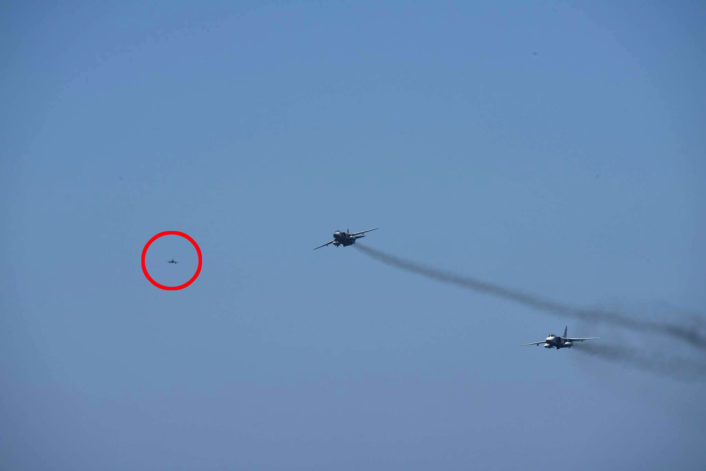
The Fencer are not new to this kind of “overflights”: in Apr. 2016, some Su-24s performed as many as 20 overflights, within 1,000 yards of the ship, as low as 100 feet and 11 “very low simulated attack” over USS Donald Cook destroyer in the Baltic Sea. Two years earlier, in April 2014, a Russian Su-24MR, flew within 1,000 yards of the very same US Navy destroyer that was operating in the Black Sea following the crisis in Ukraine. At that time, a show of force considered “provocative and inconsistent with international agreements.”
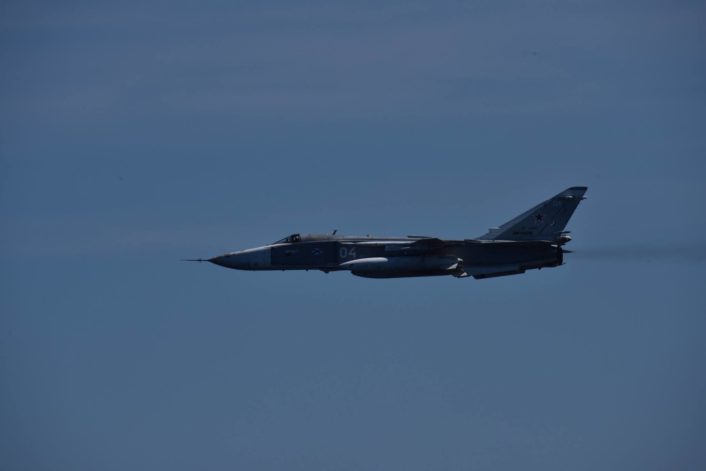
This time the Dutch Navy has claimed “the passage wasn’t a threat to the ship.”
Indeed, HMLMS Evertsen is one of the four De Zeven Provinciën-class highly advanced air-defense and command frigates in service with the Dutch Navy.
It is specialised in the anti-air warfare equipped with a long-range surveillance SMART-L and the APAR multi-function radar. The warship is equipped with 32 Evolved Sea Sparrow Missiles launched by the Mk41 VLS (Vertical Launch System), for point defence; and 32 SM-2 Block IIIA, area defence missiles: a heavily armed warship that could probably counter the Su-24 threat pretty well.
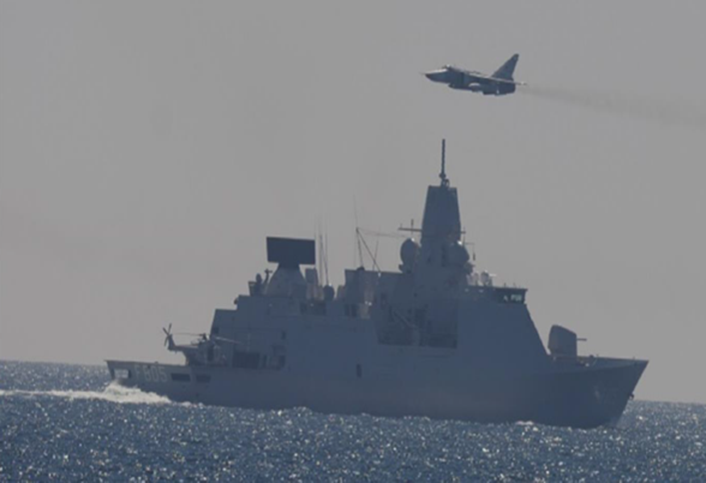
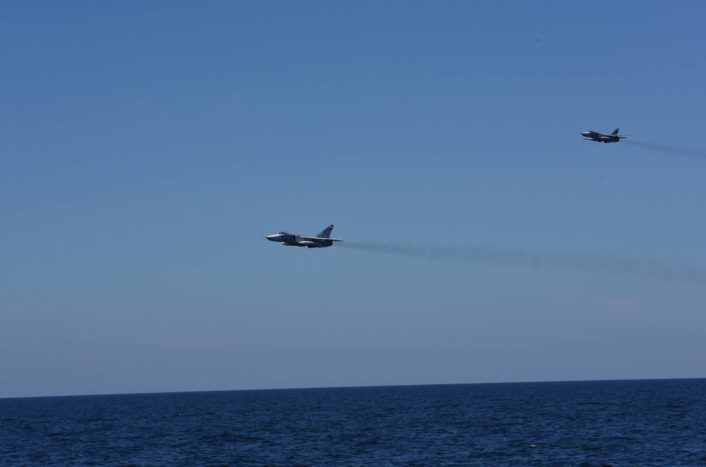
H/T Steven Bal for the heads-up. Image credit: Dutch Navy.

